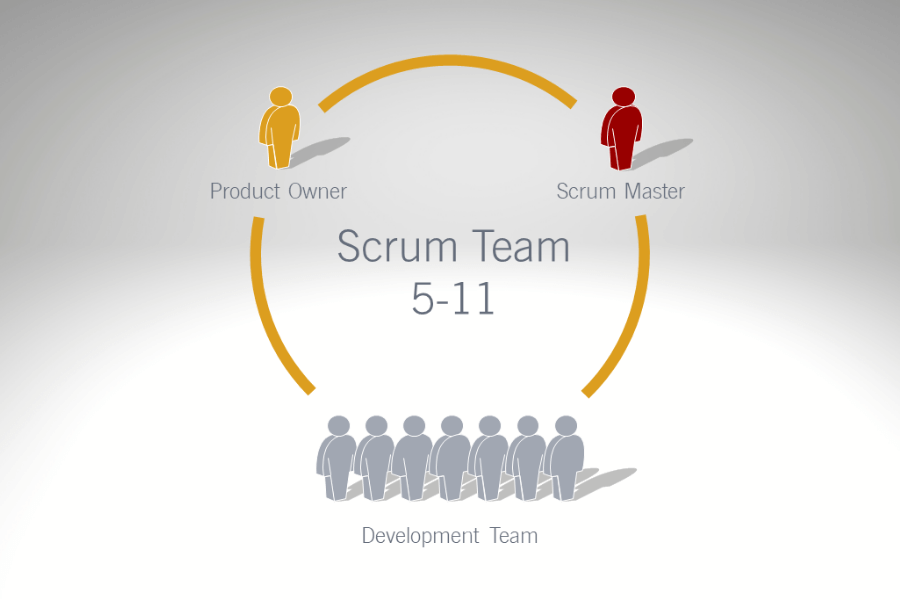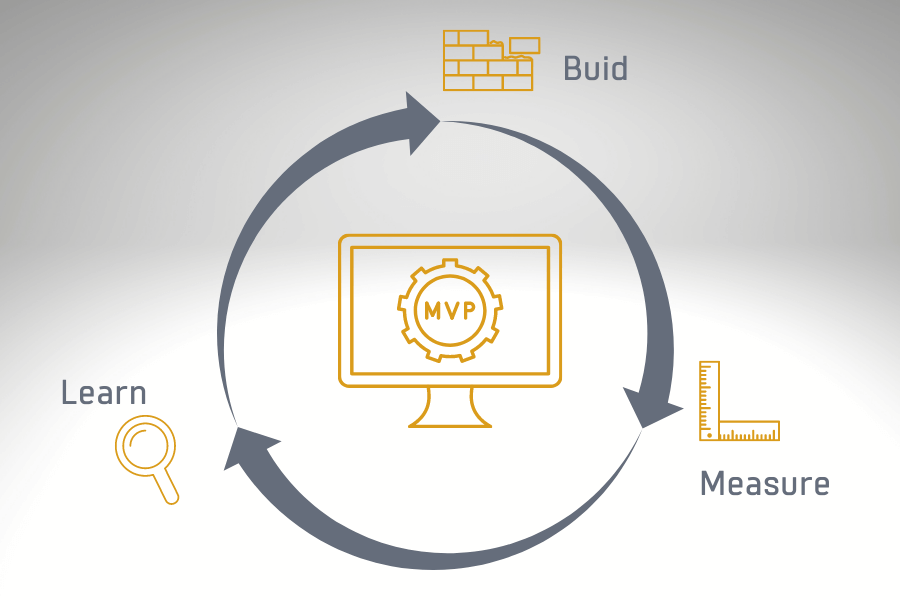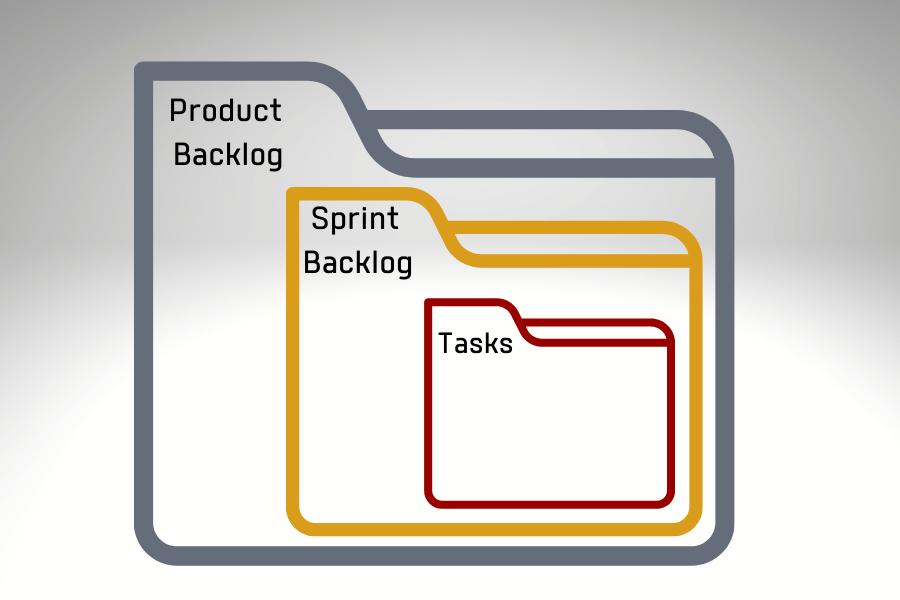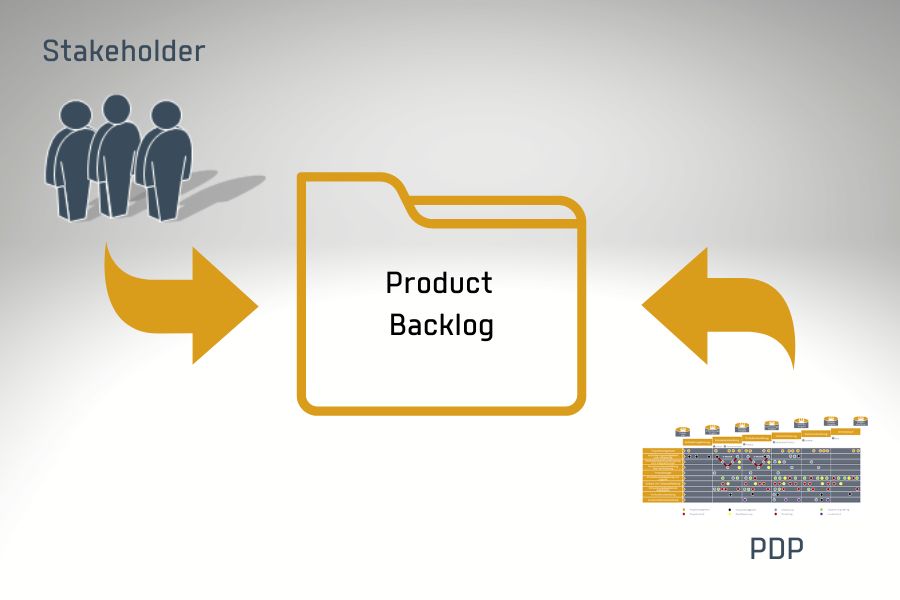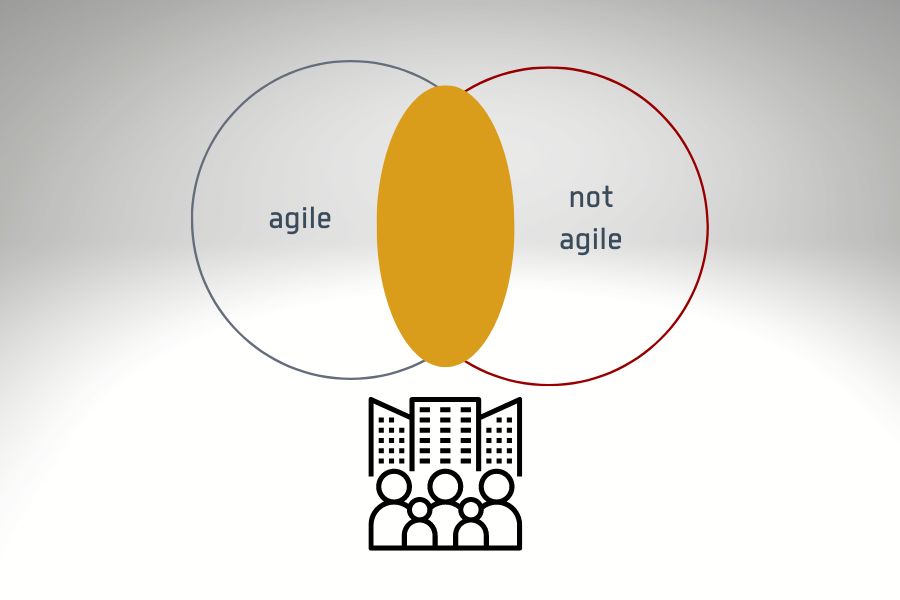Special features of agile development of physical products
Agile working is still often associated with software development. This is understandable because many of the documents and information freely available on the internet deal with agility in the programming environment. Even the Agile Manifesto originally referred to software development. However, the roots of agility lie in the development of physical products, because significant competitive advantages can also be created there with agility. However, a few important aspects have to be taken into account if you want to develop mechatronic products in an agile way. If you try to apply the rules of the game that apply to software development in the same way, you will not achieve the full benefits or even fail. We at CO Improve know what matters and want to briefly describe the essential differences here.

A short excursion into history
If you look for information on the history of agile working, you usually come across Kelly Johnson, a designer for the American defence company Lockheed Martin. In 1943, he was given the seemingly impossible task of developing a new fighter jet in 180 days. Of course, there was no Scrum Guide at that time, but in a rough summary it can be concluded that the result of completing the P80 in 143 days was essentially due to the application of the rules and frameworks known today as Agile principles.
The working method was not based on scientific research results, but more on practical experience of the conditions under which people work together successfully in complex projects. The fact that the focus was on a high degree of customer orientation, self-organisation in connection with close spatial cooperation, the focus on added value and continuous improvement was therefore not a specific finding for this project, but are aspects that are decisive success factors for any kind of development.
Both the Scrum Guide and the Agile Manifesto are based on these very principles. However, due to the situation around the turn of the millennium, they were rather driven by software developers and formulated with a view to the environment of software production. The same success factors applied and still apply there. However, as with so many things, the devil is in the detail when it comes to practical implementation. We would like to discuss the most important differences in the following.
All differences at a glance
You want to know more? No problem! Then have our Whitepaper "Special features of agile development of physical products (german)" sent to you conveniently by e-mail free of charge.
Your Benefit
- You come to talk to us and exchange views on your specific situation.
- We advise you without obligation on what measures are possible to make agile working even more successful for you.

